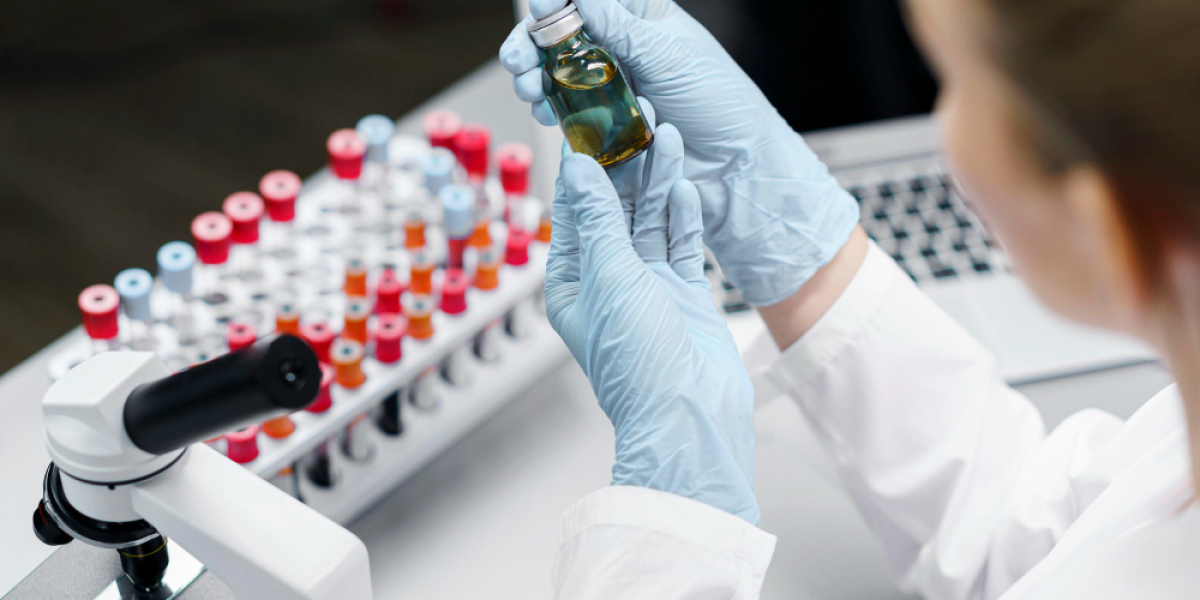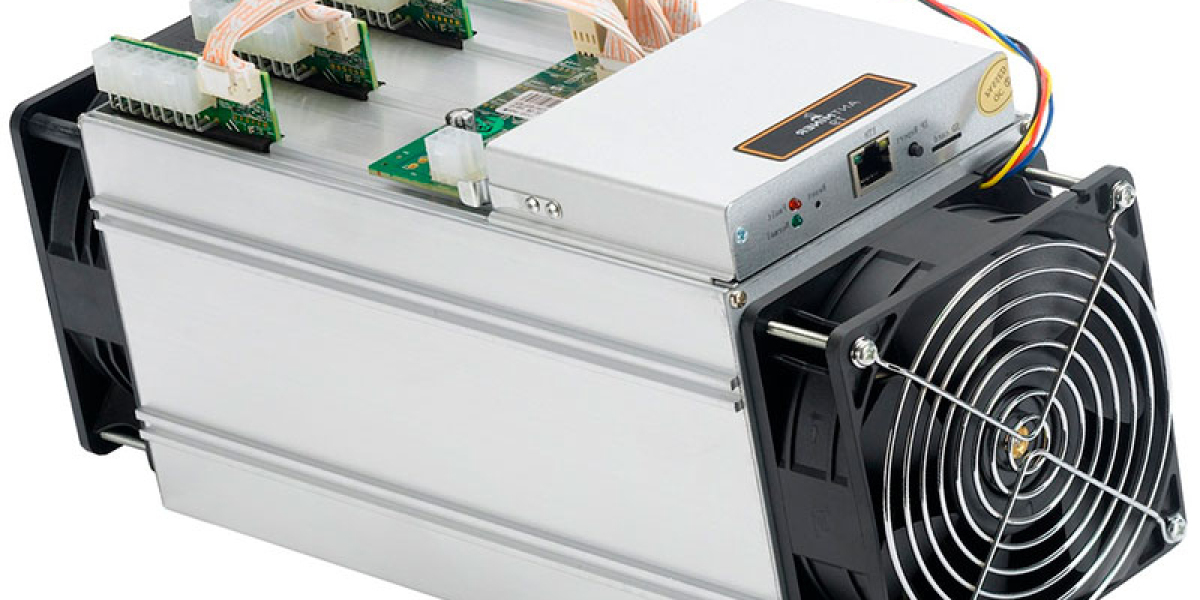In recent years, regenerative medicine has redefined how we approach healing. By moving beyond symptom management and directly supporting the body’s innate repair mechanisms, regenerative strategies are creating new opportunities in orthopedic, sports, and functional medicine. With advances in cell therapy solutions and an expanding toolbox of biologics, clinicians now have the tools to treat injuries at the source, reduce dependency on pharmaceuticals, and improve long-term outcomes.
What Regenerative Medicine Really Means Today
At its core, regenerative medicine refers to medical approaches that repair, replace, or regenerate cells, tissues, or organs. Unlike conventional treatments that may only address inflammation or mask pain, regenerative therapies aim to trigger or support biological healing. This can include:
- Platelet-rich plasma (PRP) therapies
- Bone marrow aspirate concentrate (BMAC)
- Stem cell-derived interventions
- Tissue engineering methods
For clinicians, this represents a paradigm shift—one where treatment moves from control to correction. It’s not about masking injury but promoting real recovery.
Modern outpatient and specialty clinics increasingly view regenerative medicine as a first-line option for musculoskeletal conditions, particularly where surgery or long-term medication were once the norm.
The Power of Cell Therapy Solutions in Tissue Repair
Among the pillars of regenerative care, cell therapy solutions stand out for their ability to stimulate tissue regeneration, modulate inflammation, and support vascularization. These treatments often rely on mesenchymal stem cells (MSCs) or other progenitor cells sourced from bone marrow, adipose tissue, or umbilical cord blood.
These cellular components don’t just replace damaged tissue. Instead, they initiate cascades of healing by releasing growth factors, cytokines, and other bioactive molecules. For example, MSCs can modulate immune responses and reduce inflammatory signals while promoting fibroblast activity and extracellular matrix production.
This biological influence makes cell-based therapies particularly useful in chronic injuries—like rotator cuff tears or osteoarthritis—where healing has stalled and conventional treatments have limited effect.
Regenerative Medicine in Advanced Pain Management
Chronic joint and tendon pain represent a growing challenge in orthopedics and sports medicine. While corticosteroids and painkillers remain widely used, they often fall short in promoting lasting tissue recovery. This is where regenerative medicine offers a meaningful advantage.
In advanced pain management, regenerative treatments target the root causes of musculoskeletal pain:
- Tendinopathies: PRP and stem cell injections are now used in tennis elbow, Achilles tendinopathy, and patellar tendon issues with notable success.
- Joint Degeneration: Intra-articular injections of PRP or BMAC can reduce pain and improve function in early to moderate osteoarthritis.
- Post-Surgical Recovery: Regenerative protocols are being incorporated post-operatively to accelerate healing and reduce downtime.
These applications not only reduce the need for surgery in some cases but also support athletes and active patients seeking faster, biologically sound recovery options.
Integration With Modern Clinical Technology
One of the reasons regenerative medicine is thriving in today’s clinical environments is the technology that supports it. From high-precision centrifuge devices to automated injectors and ultrasound guidance systems, practitioners can now deliver regenerative treatments with greater accuracy and consistency.
Considerations like spin speed, platelet concentration, and cell viability are no longer guesswork. With tools such as digital centrifuges and diagnostic imaging, clinicians can tailor each therapy to the specific injury, patient profile, and treatment goals.
Additionally, cloud-based data tracking and EMR integration make it easier for clinics to monitor outcomes, standardize protocols, and participate in clinical studies—an essential step for advancing the science behind regenerative interventions.
Clinical Use Cases Driving Adoption
Across the country, orthopedic and sports medicine clinics are finding regenerative therapies not just viable, but preferable. Examples of where regenerative medicine is making a measurable difference include:
- Knee Osteoarthritis: PRP and BMAC therapies are helping patients delay or avoid knee replacement.
- Labral Tears and Ligament Injuries: Cell therapies are being used as part of conservative care plans.
- Chronic Back Pain: Emerging evidence supports regenerative disc injections in cases of discogenic pain.
What sets these treatments apart is their ability to offer targeted healing with minimal downtime. Patients benefit from fewer side effects, lower long-term risks, and outcomes that support functional mobility.
A Forward-Looking Approach to Care
As more research emerges and regulations evolve, regenerative medicine is becoming an integral part of orthopedic and musculoskeletal care. Its success lies in its precision, patient-specific focus, and ability to work synergistically with physical therapy, minimally invasive surgery, and advanced diagnostics.
Medical practices adopting these therapies are gaining a competitive edge—not only by offering innovative care but by improving patient satisfaction and clinical outcomes. From early-career sports medicine physicians to seasoned orthopedic surgeons, regenerative methods are fast becoming a standard part of clinical decision-making.
Conclusion: Explore the Future of Healing
Regenerative medicine isn’t on the fringe—it’s at the forefront of clinical innovation. By focusing on biological repair rather than just symptom relief, it empowers practitioners to treat injuries with greater effectiveness and less reliance on invasive procedures.
Accretion Portal supports this transition by offering top-tier regenerative supplies, including PRP kits, centrifuge systems, and educational tools to guide clinical integration. If you're looking to expand your practice with proven regenerative therapies, visit Accretion Portal to explore our full range of solutions built for modern healing.

















